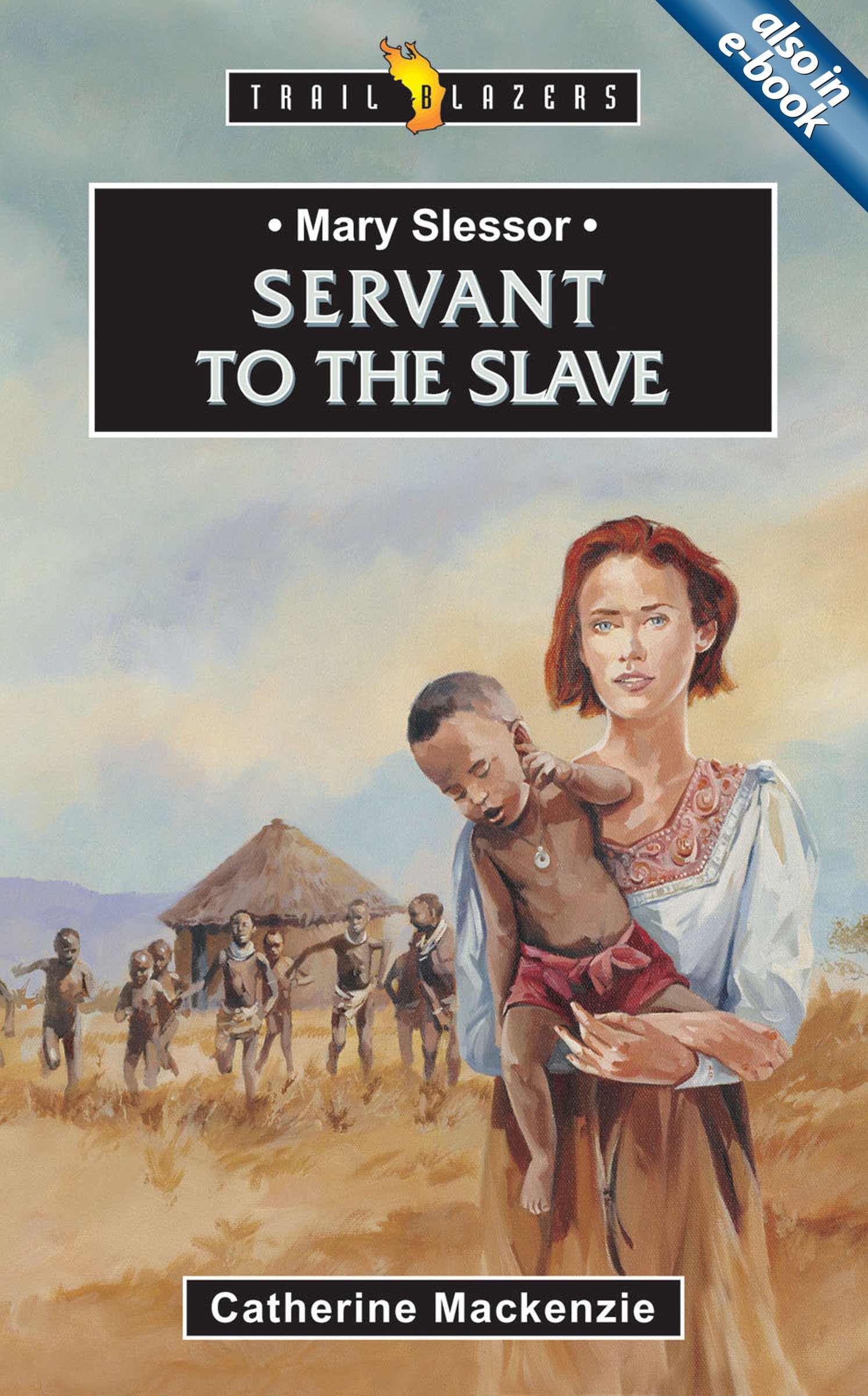Reviewed by Justin Powell
Catherine Mackenzie tells the story of Mary Slessor who devoted her life to reaching the villages of West Africa surrounding the city of Calabar. Inspired as a young child, Mary Slessor fulfills her lifelong dream of traveling to Calabar to meet the native tribes and tell them of the love of Jesus Christ. Mackenzie’s version includes an extended look into Mary’s poverty-filled, harsh childhood which served as a training ground for African life. From her initiation into African life by veteran missionaries to the final days of Mary’s thirty-year career, Mackenzie portrays a strong, independent matriarch who is able to play the diplomat, teacher and evangelist.
The first few chapters are as educational to the life of Mary Slessor as the years in Africa. Slessor grew up in the slums of Scotland under a drunken, abusive father and a mother who tirelessly worked to provide for the family. Slessor endured the gangs of the street, working at the mill and taking classes whenever she could which all provided a childhood training for her adult life in Africa. Mackenzie provides enough detail in Mary’s troubled life in order to demonstrate the preparation while still maintaining enough decorum for a young reader.
Once she is able to travel to Africa, Mary Slessor dives deep into a culture of violence and superstition in order to share the love of Christ. Quickly, she discovers the culture clash between the European missionaries and the people whom they are sent to evangelize. Although Mackenzie avoids overt politicizing on racial tensions, she provides not-so-subtle insights to the relationship between the indigenous peoples and their British visitors. Mary asks her mentor, Mrs. Sutherland, “How do we persuade the Africans that Christ loves them when it was white people who put their families into slavery?” (68) Although Mary Slessor is very successful as a missionary to the African tribes, Mackenzie holds back an over-romanticized story and allows for the missionary’s struggle to push the story along.
A prominent motif throughout the book is Mary’s impatient desire to expand the mission away from Duke Town into the cannibal and remote tribes. She is held back at first by her mentor, Mrs. Sutherland, in order to acclimate to African life and weather, then later she is withheld by her Foreign Mission Committee who is slow to provide funds and supplies. She is able to break free first by separating herself from the European oasis in Duke Town which allows her to run classes and services more in line with her Dundee roots and more akin to the African customs. Eventually, the cultural separation and Mary’s impatience with the Foreign Mission Committee would prompt her to begin schools in regions outside the bounds of the official mission. Although Mary admits her own guilt by breaking the chain of command, this type of pioneer spirit is what makes Slessor a celebrity in Scotland bringing in more money for missions.
Servant to the Slave is written for a younger audience, but its lessons are for any Christian who has asked “What can I do?” The need of the African tribes was great in the 19th century, however the need to share the gospel is still heavy in the 21st century. Mackenzie includes reflective questions at the end of the book which allow for the reader to dive further into the life of Mary Slessor and the call she answered. Mackenzie asks her readers how their lives will affect people and what impact they will have in the kingdom of God. Where the story of Mary Slessor alludes to these questions throughout, Mackenzie’s devotionals bring the lessons to the forefront. Whether a young elementary reader or a Sunday School teacher introducing the story of Mary Slessor, readers will be encouraged and convicted to share the gospel of Jesus Christ to the lost world around them.
Justin Powell is a PhD student at Midwestern Baptist Theological Seminary.
